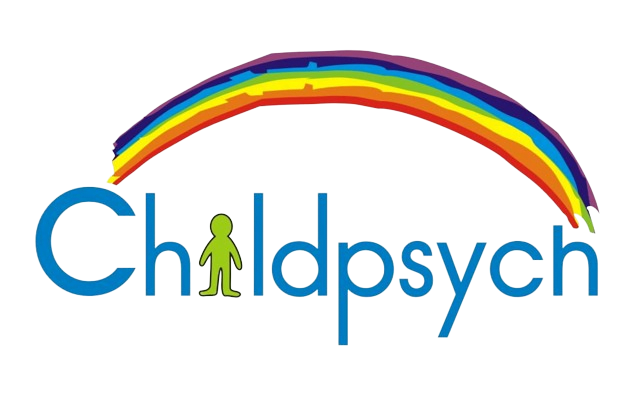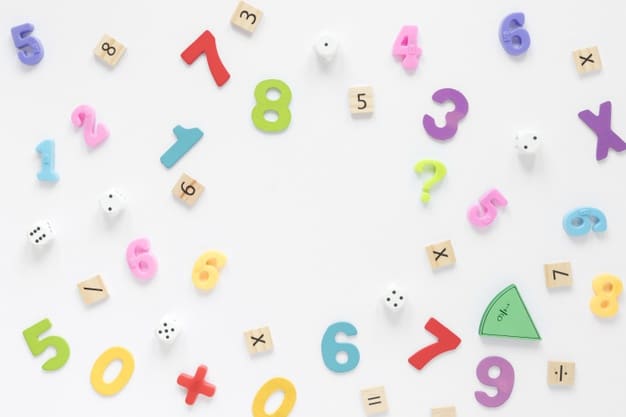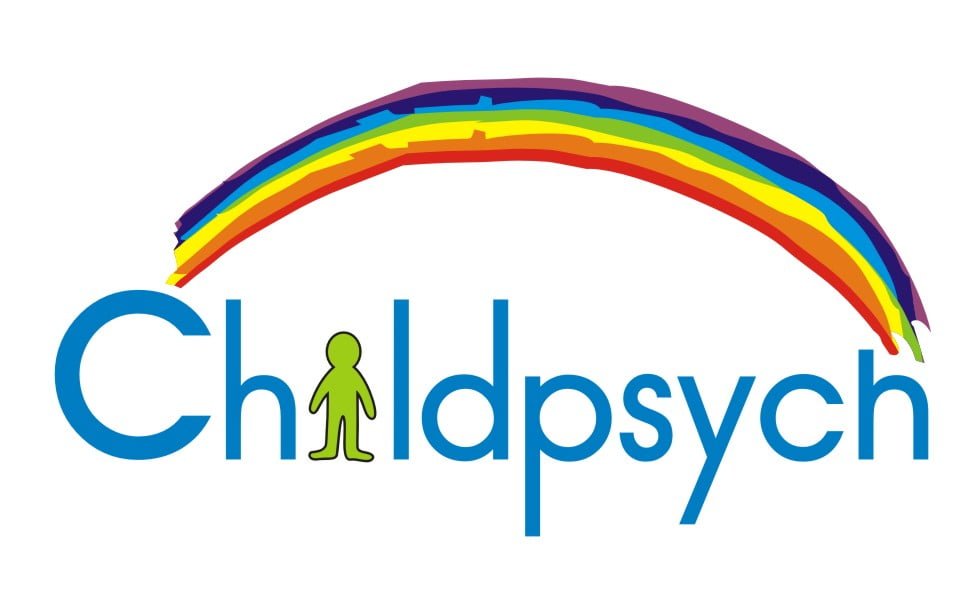Numeracy skills help us navigate important everyday tasks such as shopping, cooking, understanding sports scores and even travelling. But before we can start teaching children formal maths concepts at school, we need to first make sure that they have a solid foundation of early numeracy skills.
 Here is the sequence in which early numeracy skills usually develop and how to best support your child at each stage:
Here is the sequence in which early numeracy skills usually develop and how to best support your child at each stage:Rote counting is the first step in numeracy development:
Before children can start to understand the concept of numbers, they first need the words. And here I’m literally talking about the number sequence 1 to 10. From the time that you baby is born you can start repeating the numbers (1, 2, 3, 4, 5, 6, 7, 8, 9,10) in sequence. As your child grows they will learn to say it too. Now at first, this will just be a random rhyme for your child and he won’t understand what the numbers mean. But as he grows he will learn to associate it with quantities and later with the abstract Arabic numeral system that we use today.
Initially toddlers may only be able to count from 1 to 5. By the time they are four years they should be able to count to 10 easily and by the time they are five they should be able to count to 20. In Grade 1 your child will learn to count from t to 100, if they are not already able to do so.
Next comes Object Counting:
Once they are able to say the “rhyme” of the number sequence, children will learn that each number represents an amount. This usually happens quite naturally. Without even thinking about it, parents will often count each step as they walk up a flight of stairs with their child. Or they will count out the numbers of toys while playing with their child, perhaps even the number of sweets they are allowed to eat before closing the packet. The point is not necessarily how you do it, but rather that it is incredibly easy to do in almost all settings. Make a point of counting out objects to your child throughout the day.
It may take a while for your child to truly master this concept. Often while counting objects, young children will “speak” the number sequence too fast and so they often arrive at a number greater than the amount of objects. However, by the time your child is 4 years old she should be able to count objects by demonstrating the one-to-one principle that each “number-word” should go with an additional item.
The Counting Backwards:
Parents sometimes skip this aspect, but helping your child count backwards will later help them to understand the concepts of subtraction, place value and negative numbers later on. Once your child has mastered the numeracy skills described above, start counting backwards. First from 5, then from 10 and later from 20. And don’t forget about 0. Children need to understand that one less than 1 is zero.
And Recognising Shapes
Being able to identify shapes helps young children to identify the numerals 0 to 9. For instance: zero looks like a circle, 8 looks like two circles stacked on top of each other and four looks like two sides of an incomplete triangle. In later years, being familiar with shapes will help children understand the more complicated subject matter of Geometry. Point out shapes in your environment, go on a shape scavenger hunt or have you child make different shapes with his body.
Number Recognition is a very important step in numeracy development
Now we’re starting to get to the real nitty-gritty. Universally, we make use of the Hindu-Arabic numeral system. Meaning that abstract symbols (0, 1, 2, 3,4, 5, 6, 7, 8, 9) represent numbers in the decimal number system. Many of us work with numerals so often that we have come to take this knowledge for granted. But for young kids the numerals above are purely abstract symbols. One of the most important aspects of numeracy development is teaching children what quantity each numeral represents. And then exposing them to this pairing often enough until they start to automatically make the association.
Start by drawing the number of dots next to the numeral (symbol) that represent them. Thus five dots next to the numeral 5. After some time, you can simply write the numeral and then ask your child to add the correct amount of dots to check whether they fully understand. Initially, always present the numbers in the order 1 to 9. This helps your child to anchor the knew knowledge of the symbols to the existing knowledge they have of the number sequence / rhyme they learnt when they were little. The true test of whether you child really understands the numerals is to later write them in a random order and get your child to try and identify them.
And lastly make numeracy practical by Measuring, Comparing and Manipulating
In this article on early maths skills, I speak of the importance of developing a Maths Vocabulary. We said earlier that children need to have the words in order to understand and describe numeracy concepts. How often do you use the words plus, equal, divide, minus or half in your everyday activities? How about comparison words such as bigger, shorter, tallest and less than?
In addition, we know that children learn best when they are having fun. Make numeracy skills more practical by implementing them in fun ways. Do some baking, measure your child’s height, have a building competition, add fun to chores by timing yourselves. Count out objects and have your child work out how many will be left if you take some away. What about if you add some more?
Maths can be loads of fun and for more information about developing numeracy skills in your child, contact Anel Annandale at 021 423 0739 or via email at anel@childpsych.co.za.
(Image courtesy of Freepik)




